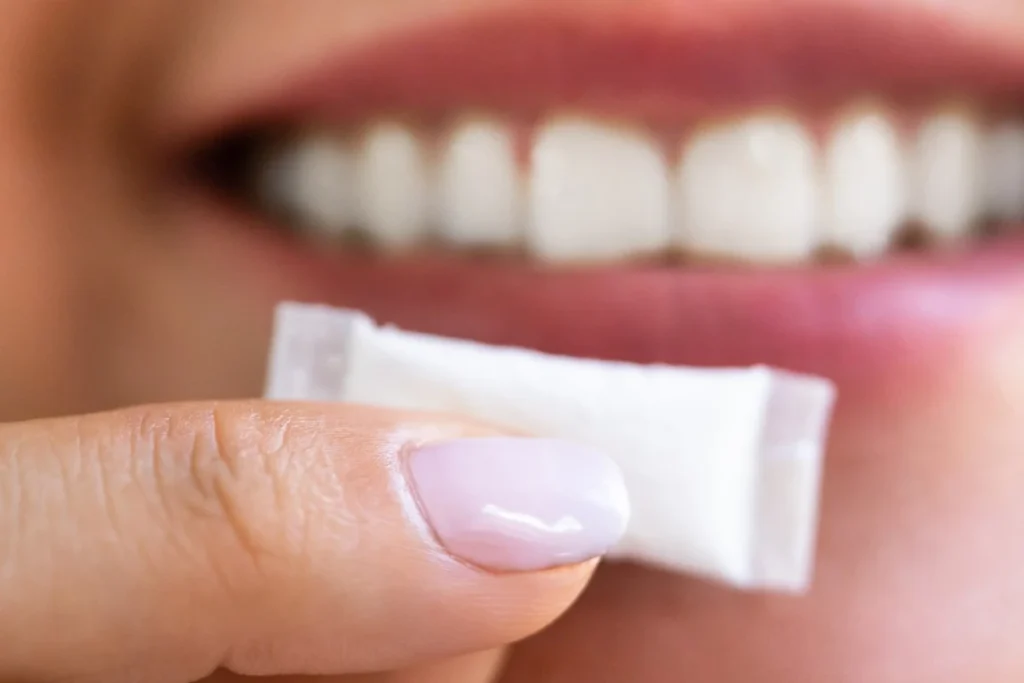About 100 million Americans skip their suggested twice-yearly dental cleanings every year. However, when patients return to the office, it isn’t uncommon to have a few cavities, signs of early gum disease, or severe tooth damage. If you’re experiencing this damage, you may need to turn to a restorative dentist for support.
But what exactly does a restorative dentist do, and is this a worthy investment in your oral health? While you may be weary about whether to schedule restorative services, this is a great way to restart your dental journey. If you want to learn more about restorative dental care and how it can help you reach your best oral health, keep reading.
What is Restorative Dentistry?
Restorative dentistry is a series of dental procedures and treatments to repair damaged or decayed teeth and provide adequate replacements for missing teeth. When an individual is experiencing severe tooth decay or damage, whether from an injury or improper oral care, it can be difficult and uncomfortable to perform everyday activities like eating, drinking, and speaking.
When you work with a restorative dental team, their goal is to remedy this decay or damage and improve your overall oral function and health. They will begin by helping you heal any potential oral ailments. Once your dentist addresses these conditions, they will perform dental procedures to restore the function of any damaged teeth.
What Does a Restorative Dentist Do?
Restorative dentists perform a variety of services to restore damaged or decayed teeth, ensuring they are in the healthiest condition and strong enough to withstand everyday wear and tear. Some of the most common restorative dental procedures include:
- Scaling and Root Planing: If you haven’t had a professional teeth cleaning in a while, your restorative dentist may recommend scaling and root planing to remove tartar buildup on your teeth and beneath the gum line. This service is also a great way to begin treating gingivitis or more advanced periodontal disease.
- Fillings: Your restorative dentist will perform a dental filling for patients with cavities. When you develop a cavity, it creates small holes in your tooth. Your dentist will remove any tooth decay and fill the holes in your tooth, restoring its function and appearance.
- Root Canals: If tooth decay has advanced into your tooth, a root canal may be necessary. Your restorative dentist will remove infected tissue, or pulp, from your tooth, clean the canals, and fill the tooth with a rubbery material called gutta-percha. Once the tooth is filled, they will place a dental crown to restore your bite.
- Bridges: If you are missing one tooth or a row of teeth, your restorative dentist can provide a dental bridge. This dental prosthetic bridges the gap between missing teeth, preventing shifting that may impact your bite and smile appearance.
- Dental Implants: For individuals with missing teeth and plenty of jawbone, your restorative dentist may recommend dental implants. These prosthetics help restore missing teeth while preventing bone loss from insufficient stimulation.
How is Restorative Dentistry Different From Cosmetic Dentistry?
The major difference between these two services is the end goal. When you go to the dentist for restorative services, the end goal is to improve the overall health and strength of your teeth. Cosmetic dentistry, on the other hand, aims to enhance the aesthetics of your smile, including the shape, size, and color of your teeth.
In many cases, you must undergo restorative dental procedures before your teeth are strong or healthy enough for cosmetic dental services. If you want to whiten your smile, veneers, or dental bonding, you want the base to be as strong as possible. With restorative dental services, you can trust that your teeth are healthy enough to protect this investment.
How Much Does Restorative Dental Work Cost?
The cost of restorative dental work will vary based on the severity of your current oral health condition and the services you need. If you need a few fillings, it may cost about $1,500. However, if you are experiencing extreme tooth decay and damage, the cost of your restorative dental services will rise exponentially.
If you want a better idea of how much this treatment will cost, it is best to schedule an appointment with a trusted restorative dentist. They will perform an exam, take X-rays, and assess your oral health condition. From there, they will create a treatment plan to help you restore the health and function of your teeth.
How Long Does This Process Take?
Much like the cost of your treatment, your treatment length will vary based on your oral health condition. If you’re experiencing a cavity or need a root canal, this process may only take a few weeks. However, as your treatment becomes more complex, the treatment timeline can get much longer than you may initially anticipate.
Services like dental implants can take up to 8 months, as you wait for your jawbone to heal from placing the implant post. When your dentist creates your treatment plan, they should discuss this timeline with you. While it may be longer than anticipated, this process is the ideal first step toward achieving your best oral health.
Helping You Reach Your Healthiest Smile
Although restorative dental work is a slow process, it is the best move you can make for your smile. Under the care of a compassionate and thorough restorative dental team, like our team at Jenson Dental, you can reach your healthiest smile. From root canals and fillings to implants, bridges, and more, our team is committed to helping you restore your smile and alleviate any discomfort you’re experiencing.
If you’d like to learn more about our restorative services or schedule an appointment, don’t hesitate to contact our Brigham City office today.












